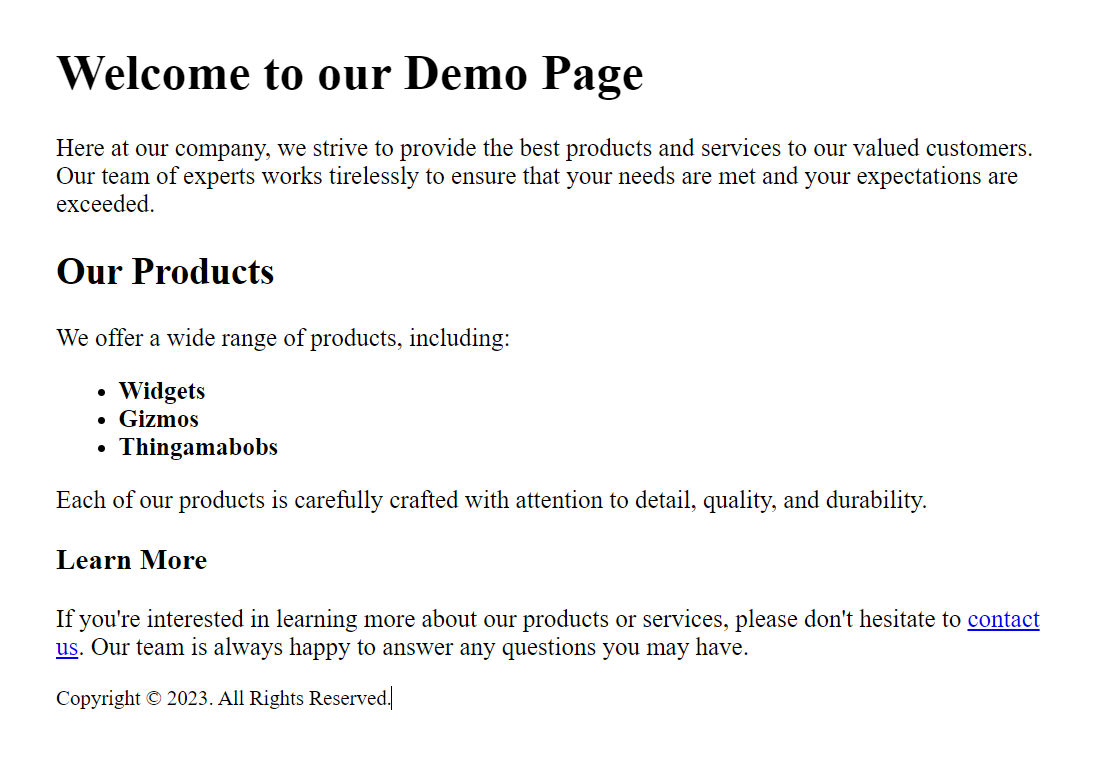As a UX/UI and product designer, you are probably familiar with the design principle of “simplify and add lightness“. This principle was coined by Colin Chapman, the founder of Lotus Cars, who believed that removing unnecessary complexity and weight from a design could result in a better-performing product.
This same principle can be applied to the concept of a Minimal Valuable Project (MVP) in product design. An MVP is the smallest version of a product that can be released to market to test its viability and gain user feedback. By simplifying the design and focusing on the most essential features, an MVP can be developed more quickly and cost-effectively than a fully-featured product.
When it comes to UX and UI design, the “simplify and add lightness” approach can help create a more intuitive and user-friendly interface. By removing clutter and unnecessary elements, users can more easily navigate the product and complete their desired actions. Additionally, a simple and clean design can enhance the user’s perception of the product’s quality and reliability.

In the development of design concepts into the product, the approach can be beneficial in two ways. Firstly, it can help prioritize which features should be included in the MVP and which can be added later on. Secondly, it can aid in identifying which design elements can be simplified or removed altogether to create a more streamlined and efficient product.
Overall, the “simplify and add lightness” approach can be a valuable tool in both the development of an MVP and the creation of a user-friendly product design. By focusing on the essential elements and removing unnecessary complexity, designers can create a more efficient, effective, and enjoyable user experience.